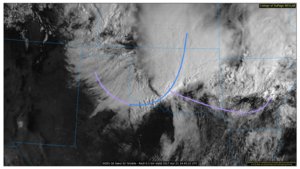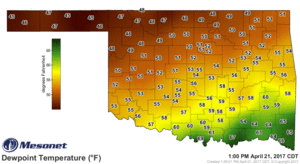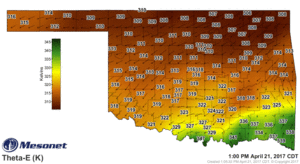Brian McKibben
EF3
Well looking there. The 3km NAM trended toward the RAP. WOW! I wonder if the trend will continue. As Jeremy said 3km NAM is lighting it up along I-35 corridor tomorrow aftrn. This will be interesting to watch unfold. The RAP has the 500 jet streak coming out pretty perfectly. And a nice WF draped across I-40. The HRRR is taking convective outflow and pushing it toward the Red River. But even that is showing signs of stalling. All eyes on the mesonet maps tomorrow.
Look at this beautiful 80kt jet streak
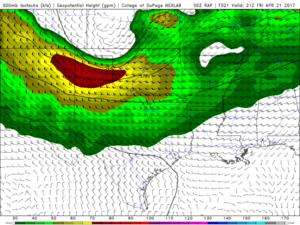
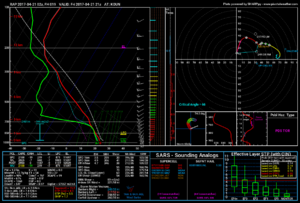
All in all there is at least still hope. Although, I won't be upset if it doesn't happen. I have thunder tix and don't want to be late.
Look at this beautiful 80kt jet streak


All in all there is at least still hope. Although, I won't be upset if it doesn't happen. I have thunder tix and don't want to be late.

